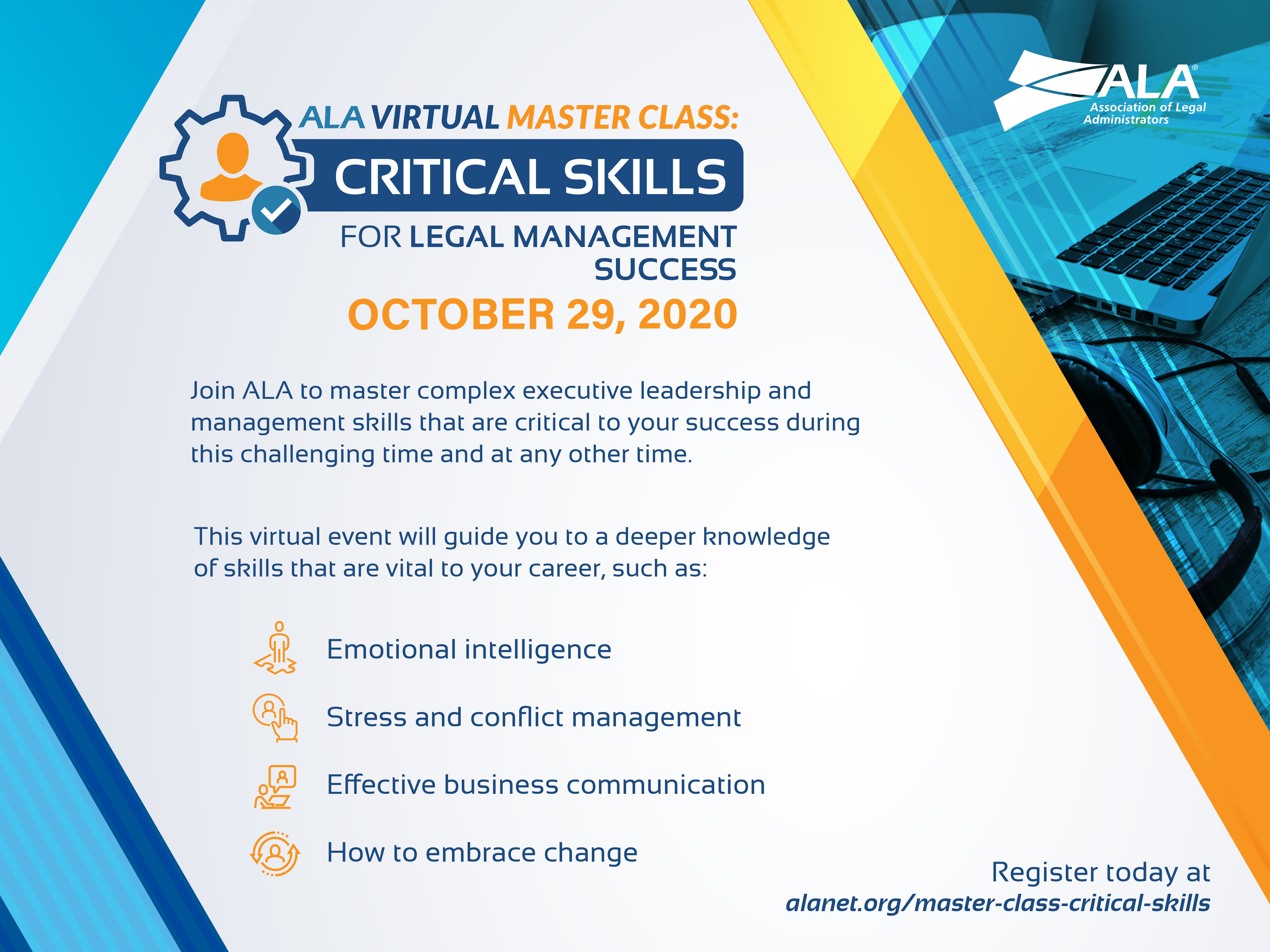Our behaviors shifted as the coronavirus spread and pushed us to our devices. We rely on VPNs to work outside our usual office without our usual desk. We rely on Zoom to meet without being physically present and without high-end video equipment. We rely on Microsoft Teams for internal meetings, replacing check-ins and phone calls with coworkers who used to be down the hall. We rely on the internet to conduct business, read the news and teach our children. We rely on apps that might not have excited you before, but now suddenly became a new priority — NextDoor to connect with our neighbors, Pinterest to connect to our hobbies, Yummly to feed our bodies and Headspace to feed our souls. We downloaded our local news sites as we tried to learn how the pandemic is affecting our hometowns and bookmarked the Centers for Disease Control and Prevention to learn how the pandemic is affecting our country. Our reliance on technology is off the charts.
The practical deployment of the Internet of Things (IoT) is hot. According to the international research firm Gartner, it is estimated that by the end of last year, there were 3.8 billion connected “things” out there — from thermostats, door locks and heart monitors to automatic store checkout, geofencing and smart cars. Gartner also estimates there will be 25 billion of these smart devices by the end of 2020. Many see this upsurge as the start of a fourth Industrial Revolution: first steam, then electricity, followed by wired computers to now, the IoT. Many see this as a bit of hot air. Your view depends on who you listen to. However, regardless of who you listen to, the impact is here, the impact is obvious and the impact will change our futures.
The legal profession is steeped in tradition, and we find that same tradition sometimes counters technical advancements. Attorneys typically prefer conventional tools and resources. However, legal organizations are no longer exempt from the changes happening around them. No longer will the “way we have always done things” be the way things get done. As clients demand representation in the most effective, efficient manner possible and the demands on our industry to lead in that effort are increasing, we as legal managers need to assist our organizations in that charge.
One of the biggest hurdles for technology is the fear of replacement. When artificial intelligence (AI) provides a draft contract to your home printer in a matter of minutes after answering a few questions instead of a few hours after a call, that is a twist of the knife directly in the heart and soul of attorneys. This is a valid concern when you view the practice of law solely from the billable hour context. When you bill by the hour, new and efficient processes could mean fewer billable hours. That could translate into fewer earnings, which could lead to a need for new revenue streams. And round and round we go.
Reach out to ALA in your time of need and question. #ALAisHere is more than just a slogan — it is a lifeline to members.
In his book, Tomorrow’s Lawyer, Richard Susskind predicts that in the next two decades, lawyers’ work will drastically change and traditional businesses that fail to adapt will undoubtably not survive. In 2012, the American Bar Association amended Comment 8 to Model Rule 1.1 related to competence (emphasis added), adding that “to maintain the requisite knowledge and skill, a lawyer should keep abreast of changes in the law and its practices, including the benefits and risks associated with relevant technology.” This raises the question: If in a few years, will the nonuse of technology lead to malpractice liability? It is a question worth consideration.
As our clients evolve, the expectation of attorneys to step up to the technology plate with the most up-to-date tools available to them will continue to increase. But have no fear! Innovation can coexist with tradition within a profitable legal organization. Embrace the increased growth and advancement that comes with tech advances, such as legal research, document review and legal billing so your organization can embrace what makes lawyers indispensable — the human touch. Client interaction is a vital part of the profession, and no computer or program can replace that. Highly prized legal representation is personalized, and successful organizations recognize the power of forming professional bonds with their clients. It is what makes them repeat clients.
October is our technology issue, so you’ll find some articles on how the latest innovations can help your firm be more efficient, including our cover story, which explores how to communicate with clients via today’s technology. We also have a feature that highlights how AI can bring time savings to small and midsized firms.
So, while still working through the permanent impact of the pandemic and the way we conduct business, keep those bonds forefront. Maintain your connection with your staff, attorneys and clients. Maintain your connection to apps that fill your soul. Shut off your electronics and make time for your family and friends. Reach out to ALA in your time of need and question. #ALAisHere is more than just a slogan — it is a lifeline to members.
At the end of the day it is you looking back from the mirror. Be proud of that reflection. You are doing good work in a less than ideal situation.
As always, it is my pleasure to work for you and with you.

